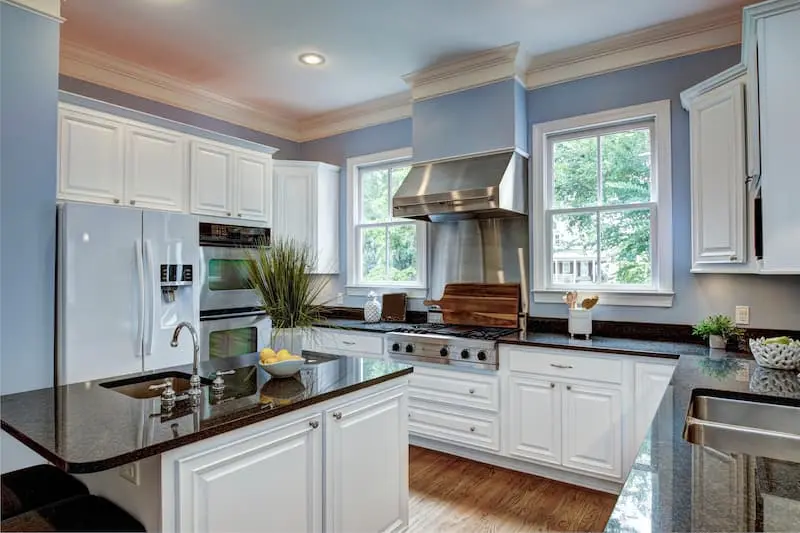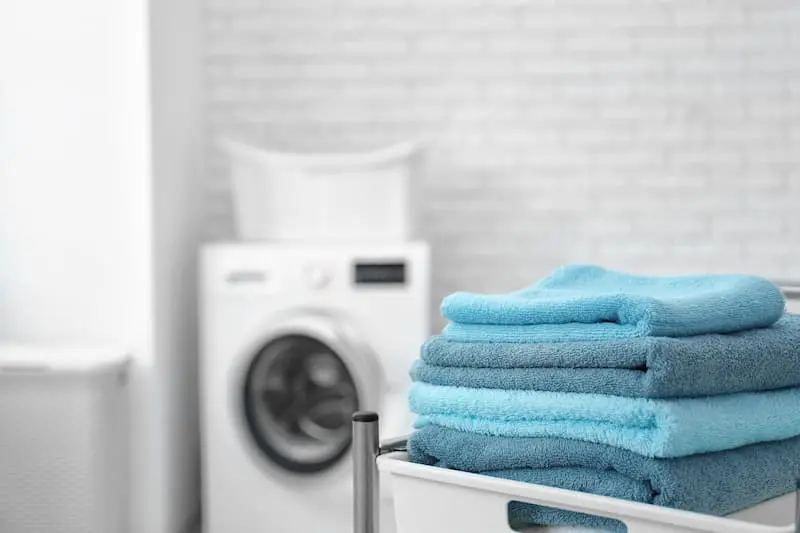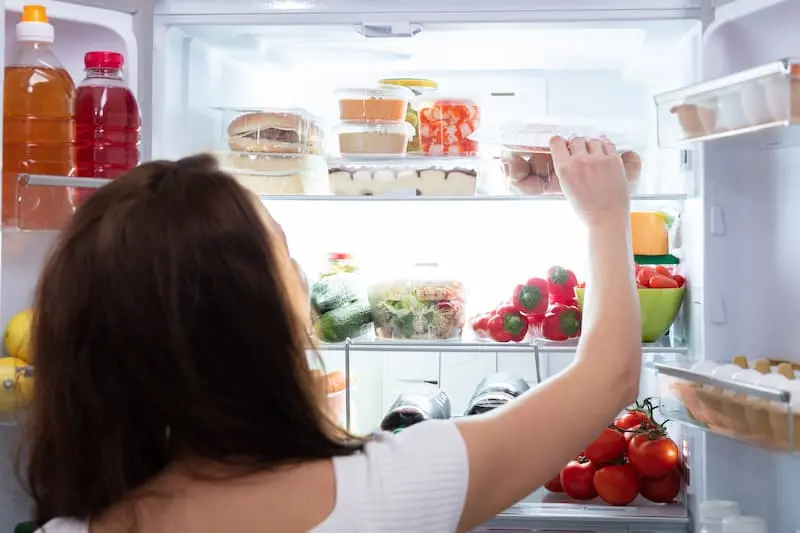Often appliances (or a selection of appliances) are included with a new construction home, or are offered as a builder incentive, but it is worth taking the builder package, or are you better off to shop around and supply your own appliances? What appliances do you really need in a new build, and how do you decide?
Appliances boost your home’s overall functionality and play an important role in aesthetics, especially in the kitchen. They are a value-added feature for future buyers as well.
Given these roles, and the wide range of features available across price points, doing research ahead of time is crucial.
What are some benefits to choosing an appliance package with a builder?
According to Lee Crowder, senior director, national design and model operations with Taylor Morrison, there are several benefits in taking the appliance package from the builder, as the builder has done much of the legwork while curating collections and doing research.
‘We have vetted similar models and found the products that have the best features for the budget customers are looking for,” says Crowder.
“We have a large purchasing demand and partnership with our appliance company (In Taylor Morrison’s case, GE), which means we often take precedence over others when it comes to getting the products our homebuyers ordered,” says Crowder.
Similarly, builders benefit from the economy of scale, and usually have secured appliances at a lower, or at least discounted, rate, savings then passed on to the homeowner.
Homeowners looking to take a design studio credit instead of choosing builder-supplied appliances should research costs ahead of time, to make sure that this aligns with their budget.
And then there is the convenience, in going with builder appliances, according to Lisa McClelland, senior vice president of Design Studios with Toll Brothers.
“Appliances are configured to fit the home’s design and layout and will be in the home on the day the homeowners get the keys, so there is no need to coordinate delivery and installation. The refrigerator will be cold, and the freezer will be ready to accommodate champagne or ice cream, no matter how the homeowners choose to celebrate the first day,” she says.
Determine what appliances your builder includes, and which you might be expected to supply yourself. For example, typically a builder appliance package might include:
- Stand-alone stove/oven
- Range hood.
- Dishwasher
- Refrigerator
Items that typically are not included (but might be depending on the builder)
- Microwave
- Washer & Dryer
- Chest freezer
- Wine or beverage fridge
- Wall ovens
- Trash compactors
- Small appliances
While there are upsides to taking the builder package, homeowners need to first understand if the appliances offered truly meet their own needs, which starts with thinking about how you use your home, and how the right appliances might elevate functionality.
Think about how you use your space
Given the central, dual role that appliances play in aesthetics and functionality, selection begins early in the process, regardless of if you are using builder appliances, sourcing them yourself, or doing a custom build.
“We start every (design studio) appointment with appliances so customers can make good decisions in terms of their budget and cabinet configuration, which allows us to build the design and finishes around those major decisions,” says Crowder.
Crowder agrees that a function-first approach should drive appliance selection.
“We ask our homebuyers to spend time in their kitchen or laundry the week before their design studio appointment and make notes about what they love, as well as what does not work for them,” she says.
Gladys Schanstra, owner/creative director, with Drury Designs, suggests that homeowners should ask themselves specific questions to ensure that they get the appliances that will suit their lifestyle best.
“How do you use the kitchen? How do you cook? What type of cuisine do you like to cook? How do you entertain? How often? How many people are cooking at once typically?” says Schanstra.
“All of this translates into what sort of equipment you need,” she says.
For example:
- Homeowners who love to bake might want a multi-rack oven, or more than one oven.
- Large families or homeowners who entertain larger groups often, may want two dishwashers.
- Households with multiple cooks in the kitchen might like to have both an induction and a gas range.
Your appliance choices need to “work on a day-to-day basis and have the capacity to expand on those special occasions like holidays,” says Schanstra.
Space planning also factors into appliance selection to accommodate for specific needs around storage and prep, with consideration to traffic flow and appliance measurements.
Also important in the kitchen, does a household need more storage space in the pantry or the fridge and/or freezer, or would they get more use out of additional prep counterspace?
If do-ahead prep is part of a busy family’s routine, “a 36-inch full refrigerator may be a better solution than a 36-inch refrigerator/freezer,” says McClelland.
Or “If the family wants to eliminate countertop appliances and leverage built-in solutions, our team may recommend an everyday oven that can be leveraged as an air fryer,” says McClelland.
For laundry, what is your available space? What size is your household? What is the layout and location of your laundry room, which will factor into features you might choose in this important room.
Additionally, homeowners should think about how long they intend to live in a home, as appliances have a limited life span, so that may dictate how significantly homeowners invest in upgraded features.
Homeowners should understand warranty and possible repair coverage or costs, as wear-and-tear will cause appliances to break down over time, which can be costly and inconvenient.
Remember adjacent spaces
Popular floor plans focus on adjacent areas to main living spaces, to assist with prep and/or make entertaining most convenient, such as messy kitchens, butler pantries or even in formal dining rooms.
“You might also have an icemaker in the dining room, or in the pantry for entertaining,” says Schanstra.
Having a wine or beverage cooler right in the dining room, or built-in to a kitchen island means having drinks at hand when entertaining
It’s important to consider how appliances might be used in adjacent and other living spaces, so that the appropriate electrical and plumbing can be addressed during the construction phase.
What’s trending?
Top of the list for homeowners? Smart appliances.
According to the 2024 U.S.Houzz Kitchen Trends Study, homeowners choosing appliances with high-tech capabilities grew by five points over last year; A priority to a third of homeowners is WI-FI connectivity, as well as the ability to control from a smartphone or tablet.
Trending are steam ovens, or ovens with steam capacity, because of how well they reheat leftovers, a bonus for busy families.
Dual-bin washing machines are sought after, as are dryers with steam settings.
Also popular are warming drawers, but not necessarily in the kitchen for food, where you might think.
“People are installing warming drawers in bathrooms to warm towels,” for a luxurious touch, says Schanstra.









